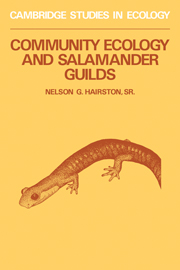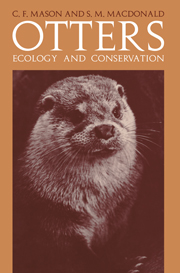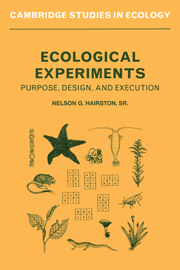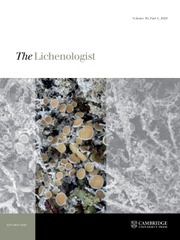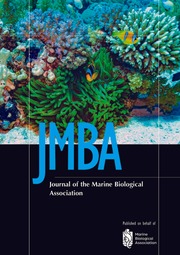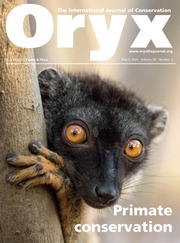Community Ecology and Salamander Guilds
This informative book, first published in 1987, presents the theories of community ecology within the context of a natural example. The text describes and examines issues in community ecology and shows how research on salamanders has helped to solve some of the problems surrounding the theories. Salamanders exist in stable populations of the kind assumed in community theory and are more appropriate than most other animals for research on the applications of that theory. The interesting and meaningful results, collected from observation on these excellent subjects posed challenges to beliefs within community ecology. Life histories of salamanders, fieldwork in distinctly differing habitats, competition, predation and evolution are discussed in an easily readable text. Professional ecologists and students of community ecology and herpetology will be interedted in the information synthesised in this book.
Product details
March 1988Paperback
9780521310819
244 pages
229 × 152 × 14 mm
0.36kg
Available
Table of Contents
- Preface
- Acknowledgements
- 1. Challenges to community theory
- 2. Equilibrium and stability in natural populations
- 3. An introduction to the variety of salamander life histories
- 4. Communities of pond-inhabiting salamanders
- 5. Communities of terrestrial salamanders
- 6. Communities of streamside slaamanders
- 7. Evolution in salamander communities: experimental tests
- 8. Salamanders in future ecological research
- References
- Indexes.

